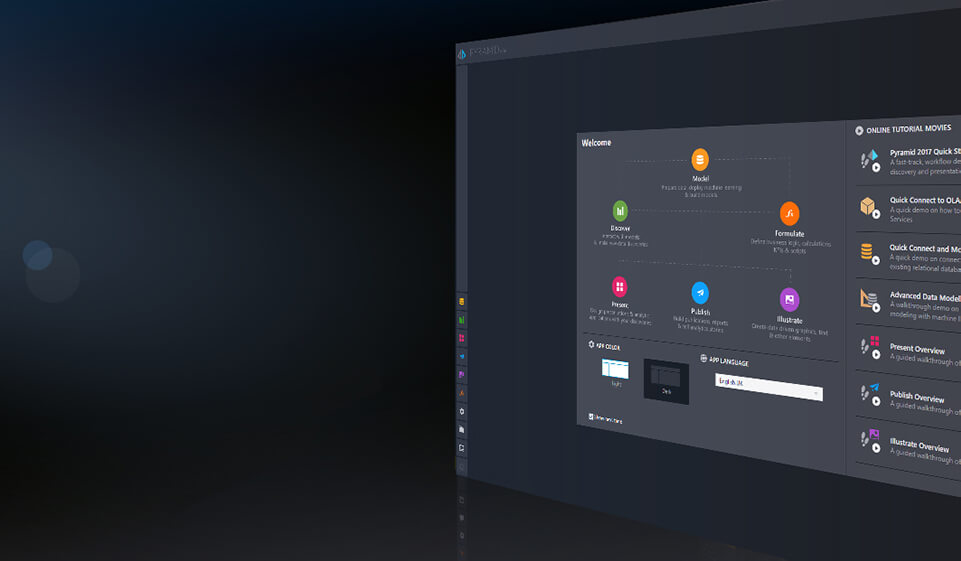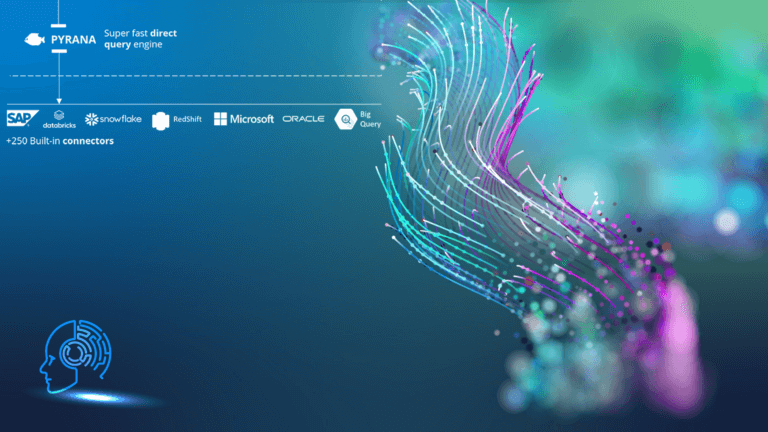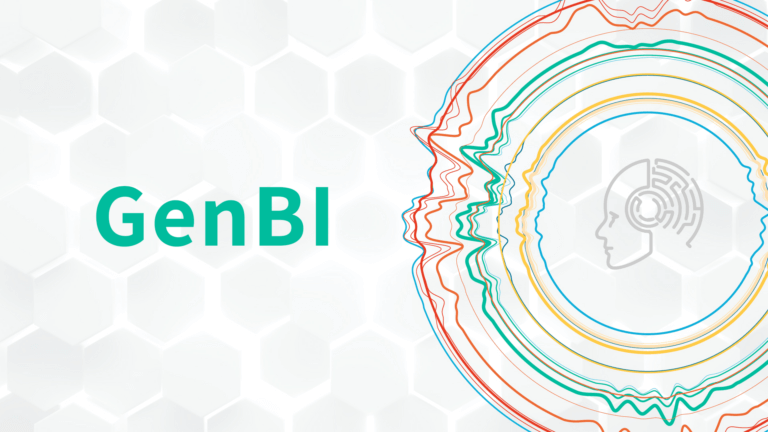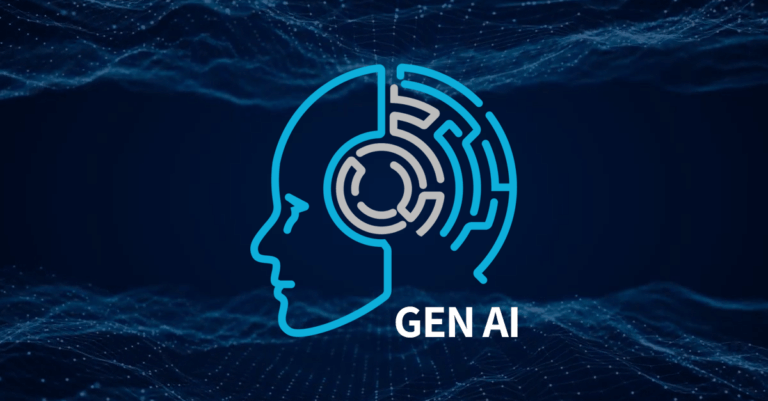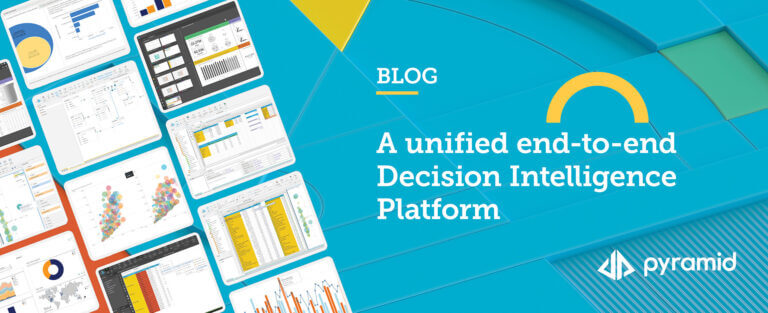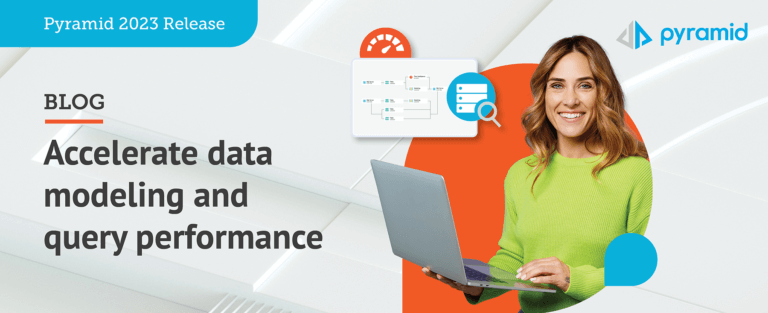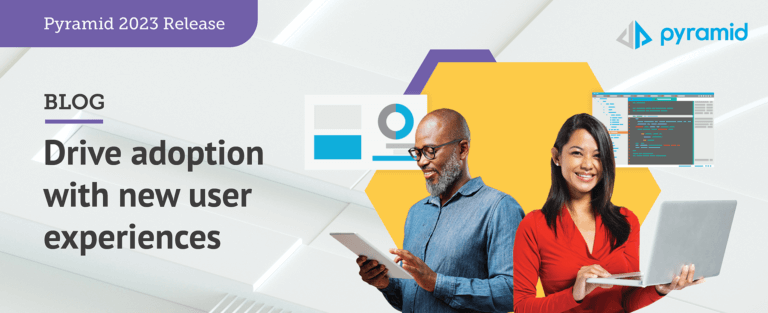Operating systems are fundamental to our use of computer technology. When we turn on our laptops or mobile devices, an operating system runs quietly in the background, dutifully executing our commands. We don’t see it, but it’s there.
An operating system provides the underlying processing framework that permits individual applications to perform day-to-day tasks efficiently. That’s not all, though. A classic operating system contains additional integrated components, including file systems to manage the content, a security framework to keep out unwanted users, and administrative and governance tools to define authorized users’ access and track data usage and consumption.
In a common stack diagram, the operating system is typically depicted above the hardware and data layer and below the application layer.
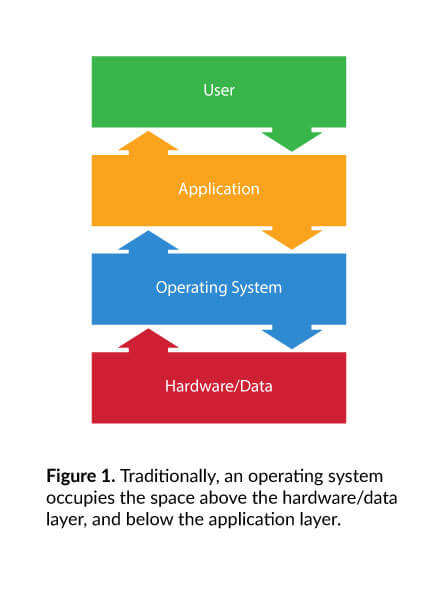
As organizations face daunting data volume challenges, they see much of their data in separate databases and locations. Traditional business intelligence and analytic tools are essentially analytic applications and are ill-equipped to handle higher data volumes and efficiently access disparate sources in increasingly complex formats.
Many users still use lightweight decision support tools, point solutions, and legacy business intelligence platforms to analyze their data. In many cases, they’re relying on multiple analytics tools. The consequences of this disorder can be acute depending on the type of analytics application(s) they’re using. The wrong tools can:
- Lead to incomplete or conflicting analysis
- Cater to personal productivity or department-level initiatives at the expense of organization-wide needs
- Foster a heavy reliance on IT and ultimately restrict everyday users from conducting quick analysis
Given the complexity of our environment, organizations can no longer rely on a fragmented set of analytic applications and siloed sources. They need something that can tie together their disparate applications and data.
They need an analytics operating system.
Pyramid is the Analytics Operating System
Pyramid is more than an analytics application or BI tool. It’s a tier-one enterprise Analytics Operating System that can scale from single-user, self-service installations to centralized deployments with thousands of users. The platform-agnostic analytics OS features a universal client that can be used on any operating system (Windows, Linux, Mac) or device. It can be installed in any deployment scenario (cloud, on-premises, hybrid) and can operate against and with the most popular data stacks.
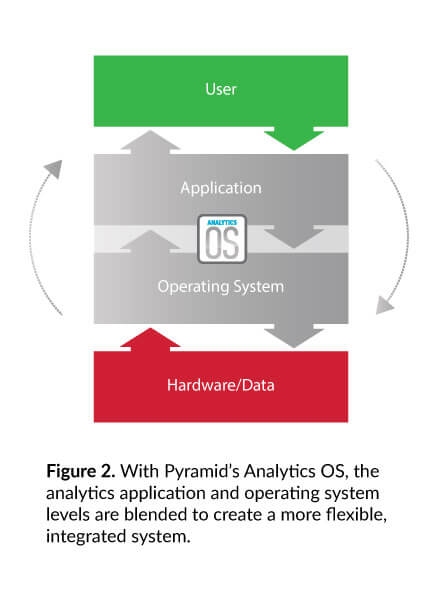
Like a standard operating system, the Analytics OS contains a content management system; powerful APIs to automate key tasks and design custom visualizations; a multi-tenant administrative console; and a modern, scalable HTML5 framework to embed the OS in other applications.
The platform adapts to user needs and skills, all while managing content as a shared resource. It features six distinct analytics modules—essentially six different applications—that work together to seamlessly deliver an integrated analytics experience across a common decision workflow. This includes:
- Model: To prepare data, deploy machine learning, and build data models.
- Discover: To interact with models and make new data discoveries.
- Formulate: To define business logic, calculations, KPIs, and scripts.
- Illustrate: To create data-driven graphics, text, and infographics.
- Present: To design presentations and analytic applications with your discoveries.
- Publish: To publish and burst analytics narratives.
Importantly, Pyramid 2018 includes real machine-learning functionality in an easy-to-use interface that allows even relative novices to produce and share meaningful analyses using all of the available data.
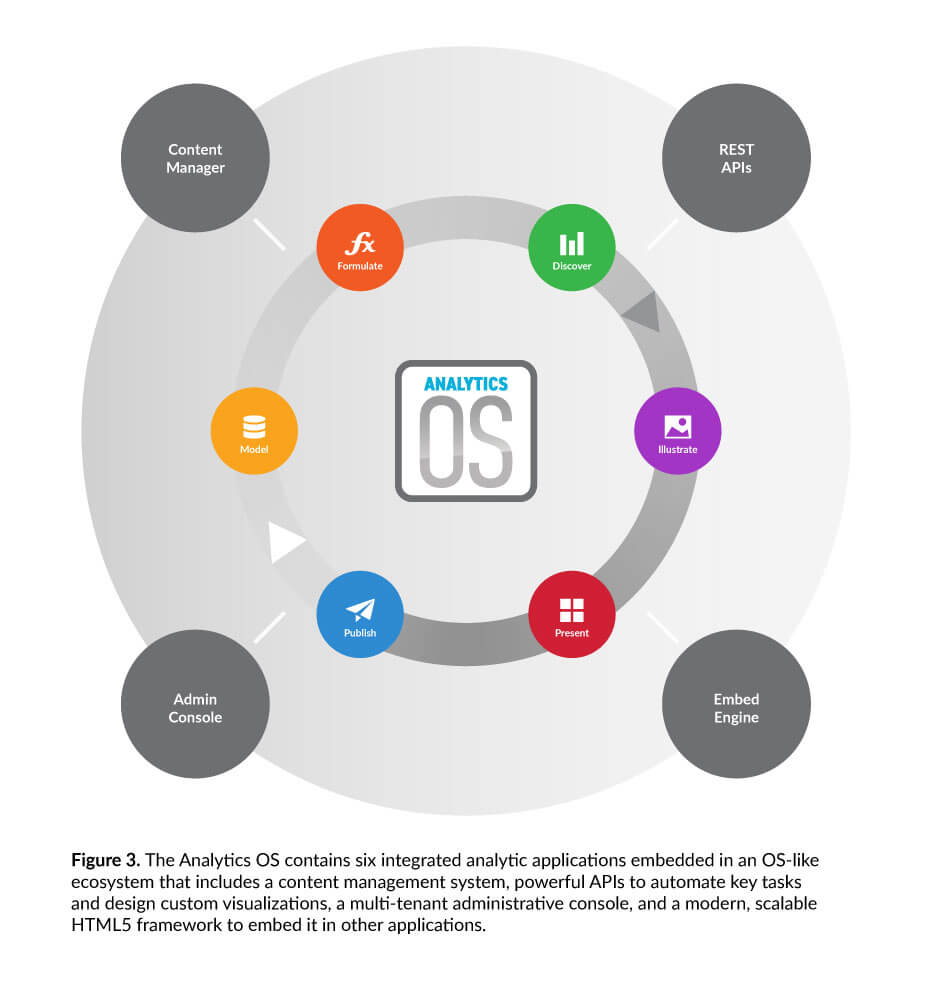
An Analytics OS for Everyone
The Analytics OS creates a universal analytics environment where all users, regardless of role or abilities, can create and share advanced analytics. It fulfills the promise of a true, enterprise-wide data strategy and empowers users throughout the organization to conduct self-service analytics—anywhere, anytime. With an Analytics OS, everyone benefits:
- Data and analytics leaders can realize an organization-wide analytics strategy.
- Technology leaders can maximize the value of infrastructure and operational investments.
- IT professionals (in both strategic and analytic roles) can manage the deployment, while simultaneously empowering end users to conduct self-service analytics.
- Analysts and power users can create models with easy-to-use data prep and visual analytic tools.
- Citizen data scientists can develop machine learning insights that can be re-purposed by non-data scientists.
- Casual users can use augmented guidance to easily answer key business questions.
The Analytics OS for Today’s High-Speed Data Environment
Yesterday’s low-velocity data environment meant organizations could rely on traditional decision support tools that were centrally managed by IT. Those days are gone.
Today’s organizations need an Analytics OS that features full-featured, integrated analytics and reporting functionality for everyone, leverages all your existing infrastructure and data investments, and prepares you for tomorrow’s Big Data needs.
That’s why they need Pyramid, the Analytics OS




